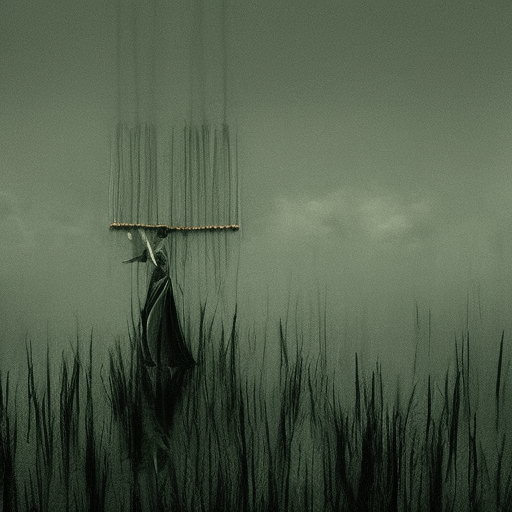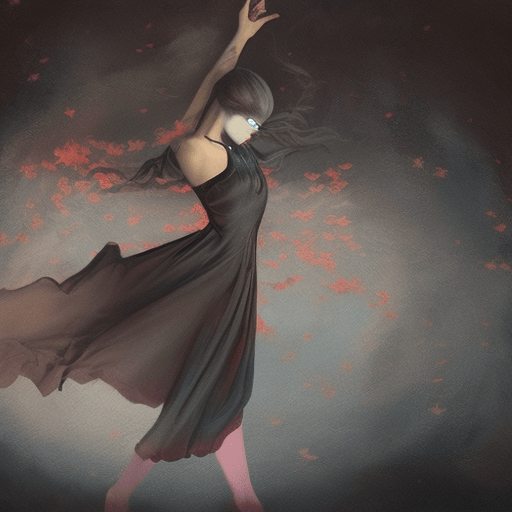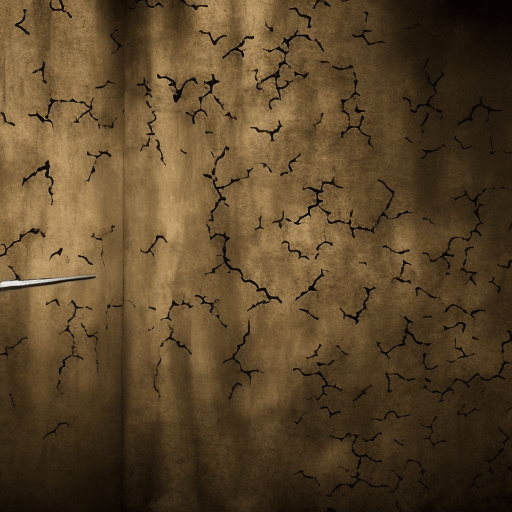Kwaidan by Masaki Kobayashi
One-line summary: “Kwaidan” is a visually stunning anthology of four supernatural tales that explore the themes of love, loss, and the consequences of human desires.
Main Cast and Crew:
- Director: Masaki Kobayashi
- Writers: Yoko Mizuki (screenplay), Lafcadio Hearn (stories)
- Key Actors: Rentarô Mikuni (Hoichi), Michiyo Aratama (Miyagi), Misako Watanabe (First Wife), Kenjiro Ishiyama (Second Husband)
- Music Director: Toru Takemitsu
- Director of Photography: Yoshio Miyajima
- Producers: Shigeru Wakatsuki, Tatsuo Hosoya
Plot:
“Kwaidan” consists of four separate stories, each exploring different aspects of the supernatural. In “The Black Hair,” a samurai leaves his faithful wife to marry into a wealthy family, only to realize the true cost of his decision. “The Woman of the Snow” follows a young woodcutter who is spared by a ghostly woman on the condition that he never reveals her existence. In “Hoichi the Earless,” a blind musician is summoned to perform for a ghostly audience, unaware of the danger he faces. Lastly, “In a Cup of Tea” tells the tale of a writer haunted by a mysterious face he sees reflected in his tea.
Throughout the film, the stories delve into the human desires and the consequences that follow. They explore themes of love, loss, and the supernatural, blurring the lines between reality and the spirit world. Each story is visually stunning, with exquisite cinematography and atmospheric set designs that transport the audience into a world of eerie beauty.
Themes and Motifs:
“Kwaidan” is deeply rooted in Japanese folklore and explores themes of the supernatural, fate, and the consequences of human desires. The film highlights the power of storytelling and the way legends and myths shape our understanding of the world. It also delves into the human condition, examining the choices we make and the repercussions they have on our lives. The recurring motif of ghosts and spirits serves as a metaphor for unresolved emotions and the lingering presence of the past.
Reception and Legacy:
Upon its release in 1964, “Kwaidan” received critical acclaim for its stunning visuals and atmospheric storytelling. It won the Special Jury Prize at the 1965 Cannes Film Festival and was nominated for an Academy Award for Best Foreign Language Film. The film’s lasting impact can be seen in its influence on subsequent horror and supernatural films, both in Japan and internationally. Its unique blend of traditional Japanese aesthetics and psychological horror has made it a classic in the genre.
Recommendation:
“Kwaidan” is a must-watch for fans of atmospheric horror and Japanese folklore. The film’s stunning visuals, haunting storytelling, and exploration of the human condition make it a captivating cinematic experience. It is a masterpiece that continues to inspire and enchant audiences to this day.
Memorable Quote:
“The world of the dead is so much more beautiful than the world of the living.” – Hoichi the Earless












